One of the most useful features of the mirrorless digital is its ability to accomodate almost any flange distance from film era interchangeable lens cameras other than 8mm and most subminiatures. I don’t possess a single dedicated lens for my Sony A3000, having disposed of the original zooms along with the Nex 5N I started out with in the Sony APS-C mount. Working with legacy lenses via an adapter lets me feel so much more connected with what I am doing. Bit of a stick in the mud old fogey I suppose.
My latest purchase has been a Sony E to M39, Leica thread, adapter to allow fitting my two new to me LTM lenses to the Sony. China seems to be the place to find reasonably priced, basic adapters and this was no exception but sold by a local company here in New Zealand and then shipped from China. A rather protracted process, taking over two weeks to arrive but less than many others.
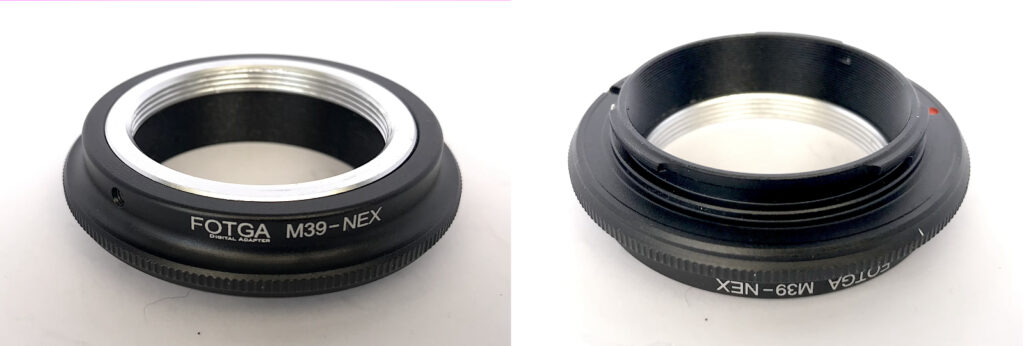
The adapter
It is a well finished item with no obvious flaws with a T2-style grub screw adjustment to enable scales to be positioned properly once on the camera, a fine Allen key being included for this purpose. The Sony E bayonet is machined into the black body with a separate, silver finish screw insert for the Leica thread, held in place by the grub screws mentioned.
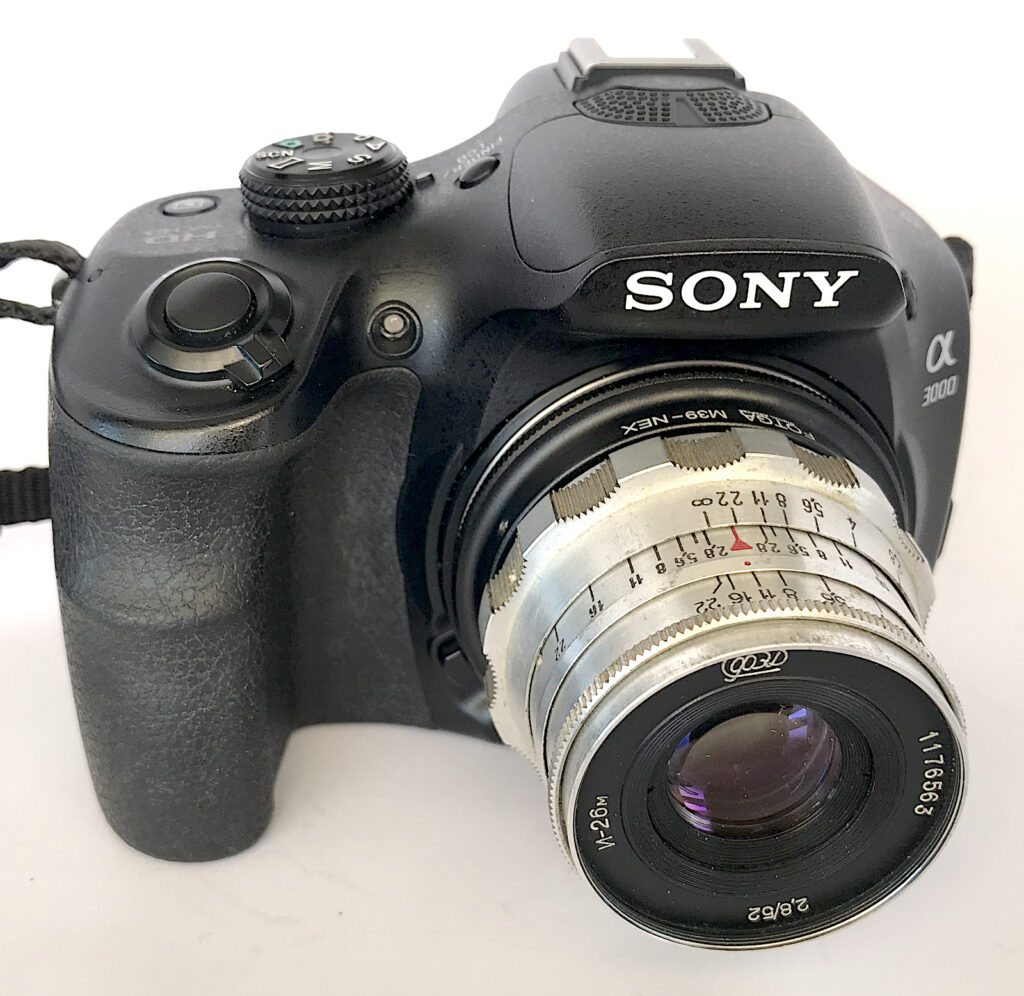
The combination is a well balanced unit which feels very comfortable in the hand. The 90mm Elmar feels equally at home.
Both the bayonet and the screw thread are excellent fits with the camera and lens, both engaging smoothly and positively.
Unfortunately the lenses cannot focus on infinity. In fairness, the supplier’s description didn’t claim that infinity focus is possible or indeed that it wasn’t, though this is often pointed out with some of these adapters. The Sony has an 18mm flange distance against the M39’s 28.8mm which means the depth of the adapter should be 10.8mm. Checking dimensions with a digital calliper, it actually measures 12.3mm mating face to mating face, 1.5mm out. Enough to add visible softness to distant objects, particularly with the 50mm, but possible to be remedied by stopping down to increase depth of field if needed. It is a pity it isn’t more accurate though as there is plenty material in the body to allow it to be produced to an accurate dimension.
Initial tests
My lenses are a KMZ Industar 26M f2.8 52mm and a Leitz Elmar f4 90mm. On APS-C these become 78mm and 135mm respectively of course.
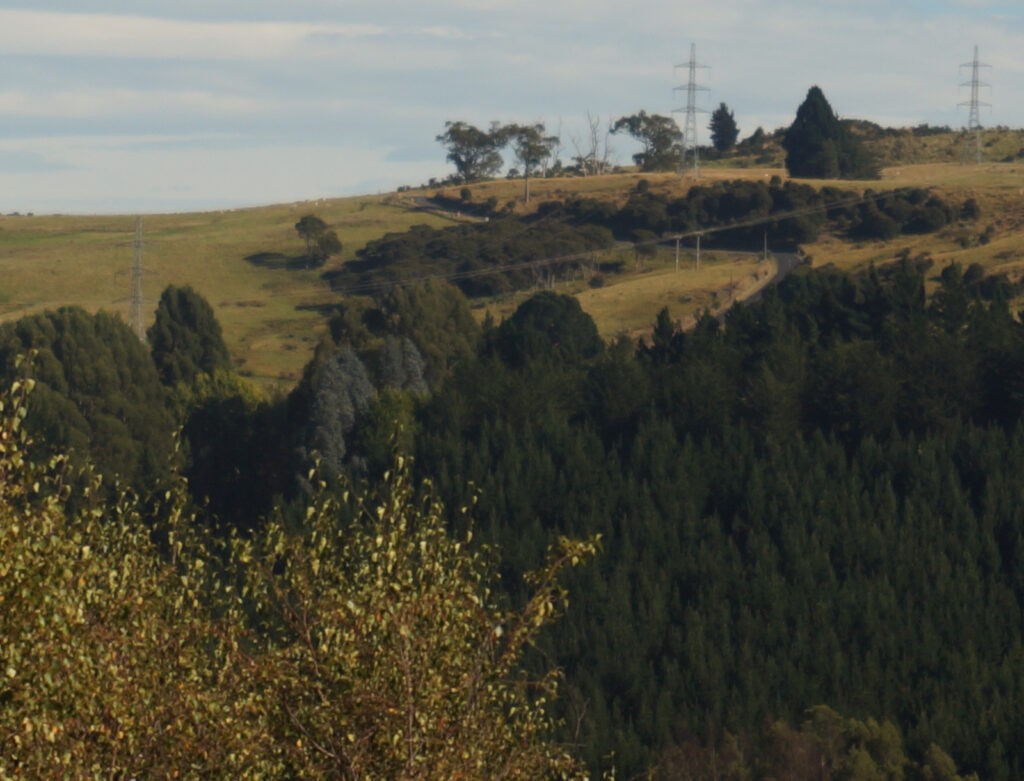 The most noticeable softness is with the 52mm at maximum f2.8 aperture as shown here.
The most noticeable softness is with the 52mm at maximum f2.8 aperture as shown here.
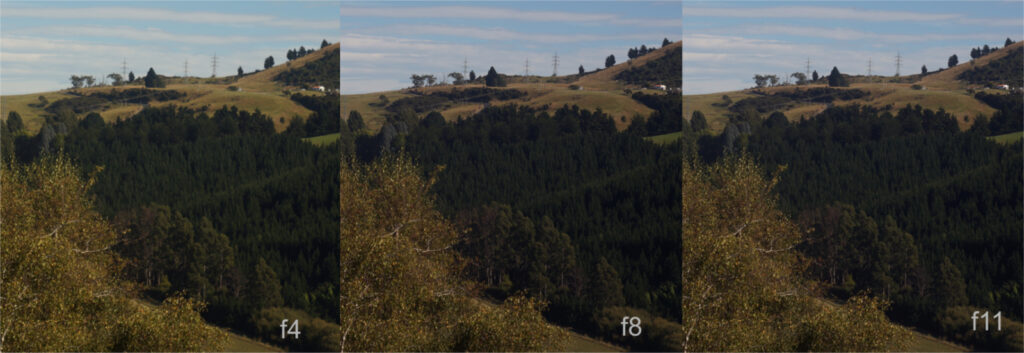

These compilations show the slight softness at infinity at f4 with depth of field bringing things into better focus as the lens is stopped down to f8 or f11. The foreground tree remains sharp throughout apart from slight fall-off at f4. The softness is less pronounced with the Elmar which is the sharper lens in any case and magnification is greater with the 52mm examples.
Results
To test things on fairly regular subjects I shot a few frames around the house using Auto ISO mode which I haven’t used before. I have read some favourable tales about it though so I thought I would see what it could do.

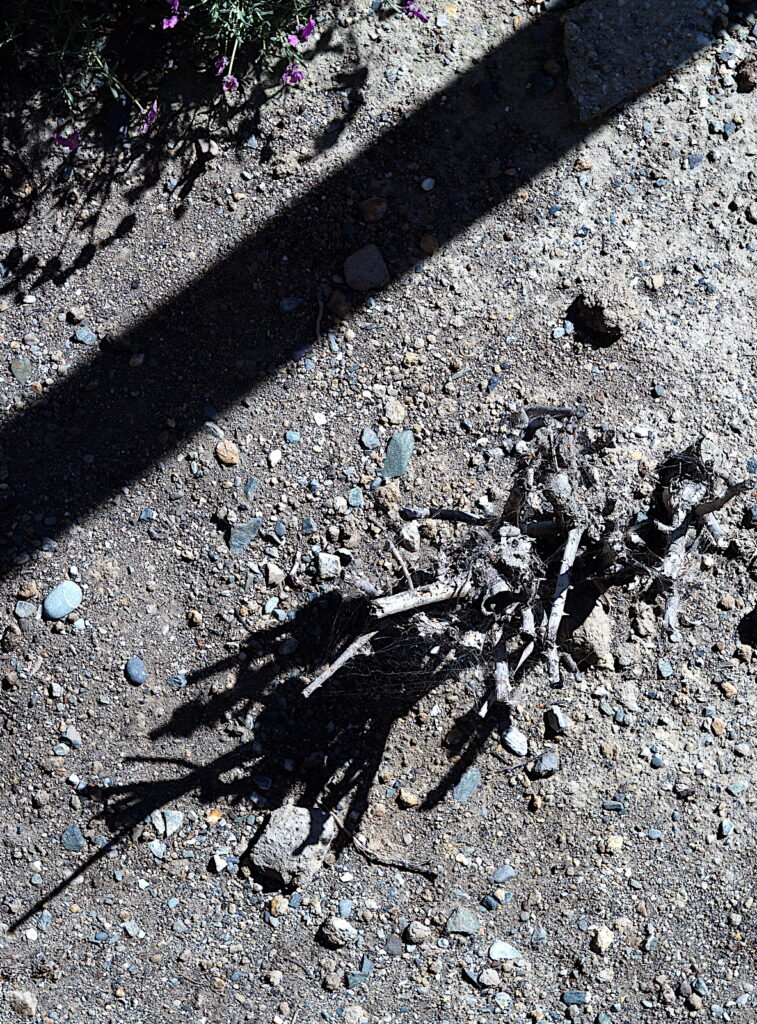 Both these shot at ISO100 with the Elmar at f11. With only the central area being used sharpness is very even.
Both these shot at ISO100 with the Elmar at f11. With only the central area being used sharpness is very even.
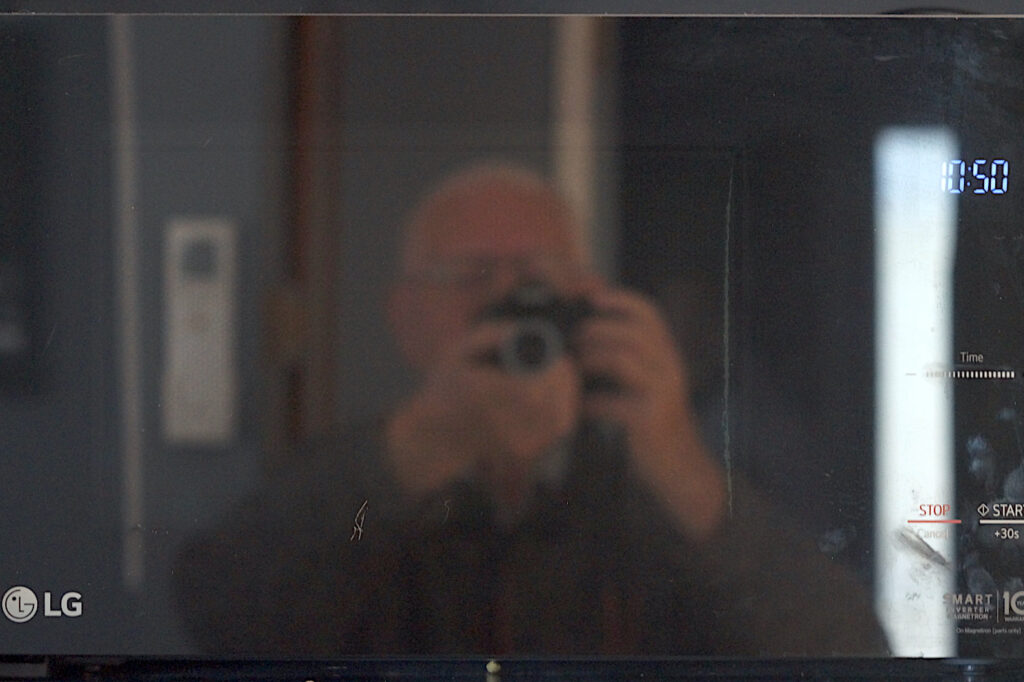 The microwave, potentially giving the worst results for noise with Auto ISO. The Elmar again but at ISO1600 and f5.6 with -1.3x compensation. Noise is less obtrusive than I expected and the compensation was necessary to counteract the meter’s attempt to produce a mid grey average with all the dark tones present.
The microwave, potentially giving the worst results for noise with Auto ISO. The Elmar again but at ISO1600 and f5.6 with -1.3x compensation. Noise is less obtrusive than I expected and the compensation was necessary to counteract the meter’s attempt to produce a mid grey average with all the dark tones present.

Still with the Elmar at ISO2000.
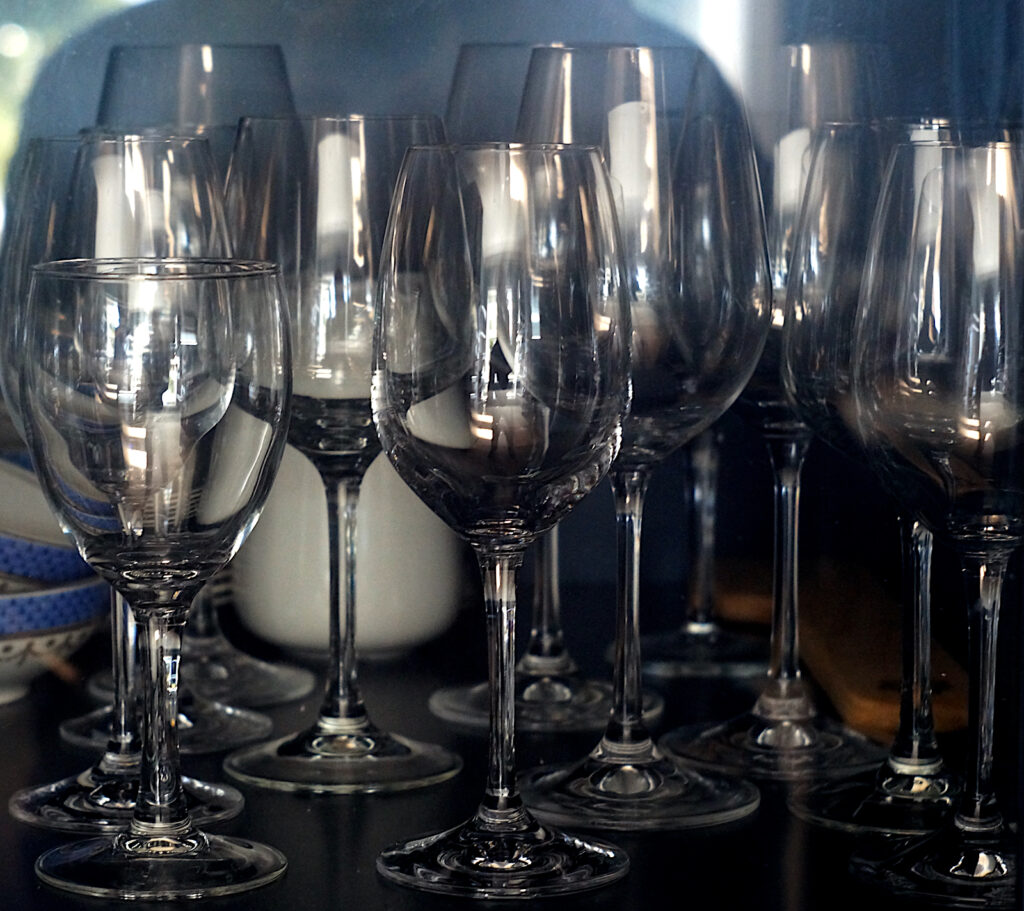 Another ISO2000 with the Elmar with creditabe lack of noise.
Another ISO2000 with the Elmar with creditabe lack of noise.
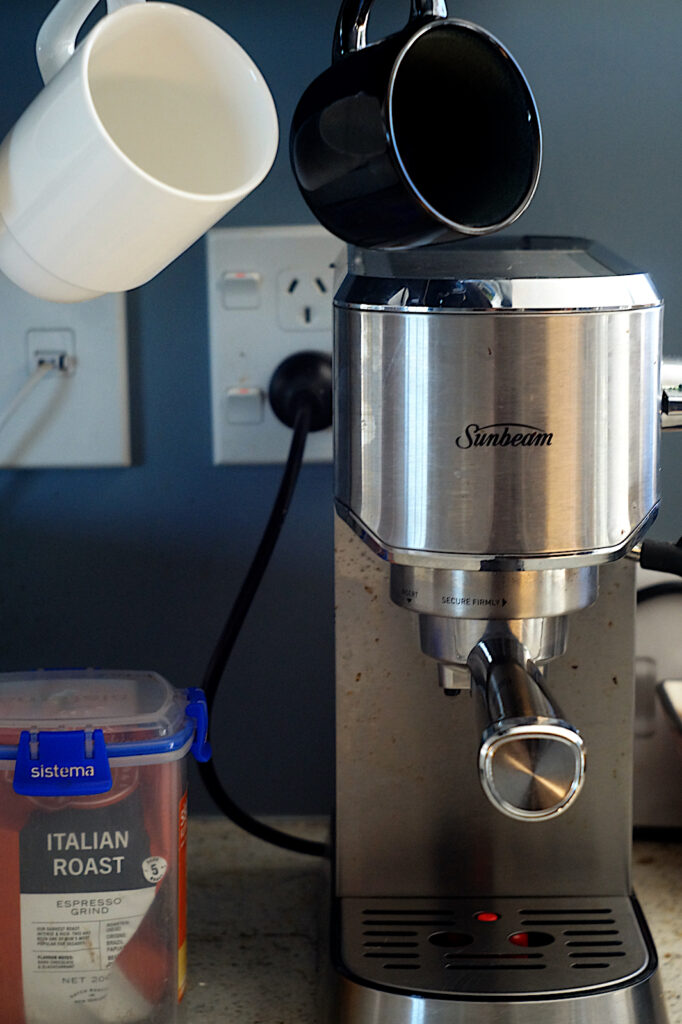 ISO1000 with the Industar and again no noise problems.
ISO1000 with the Industar and again no noise problems.
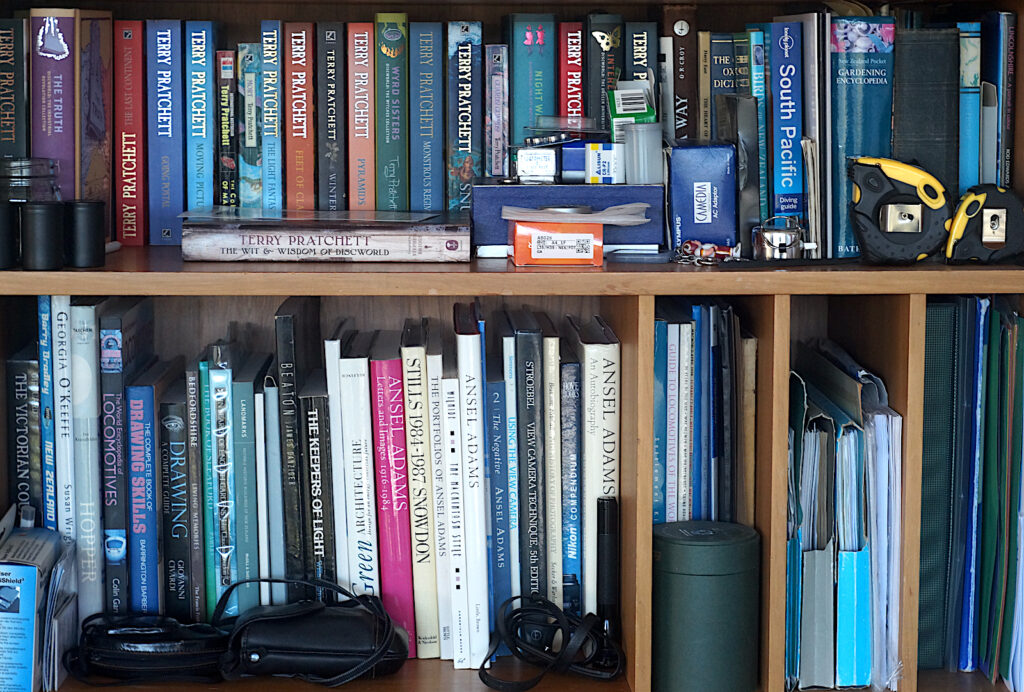 The Industar again at ISO800.
The Industar again at ISO800.
Comments
Despite the slight shortcomings, this device allows me to enjoy another avenue of photography. It is such a varied field constantly offering new things to explore.
Digital’s ability to allow such flexibility in ISO settings plus the major strides manufacturers have made with noise suppression has been a big factor in putting this combination to work. My first try at using Auto ISO has been quite an eye-opener and would possibly be even better with shutter priority but I cannot use this with legacy lenses and so am limited to aperture priority. It may get more use.
Share this post:
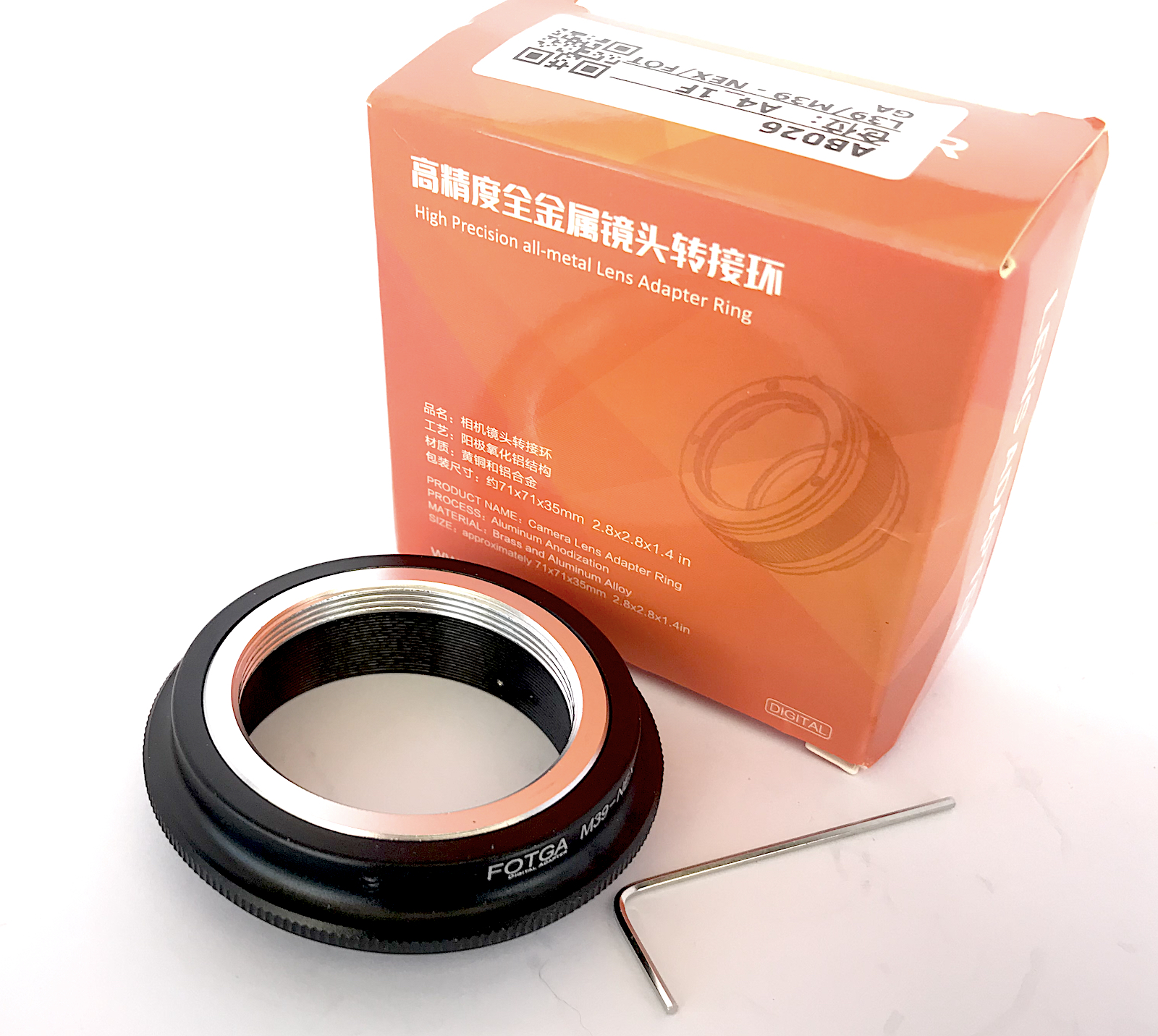
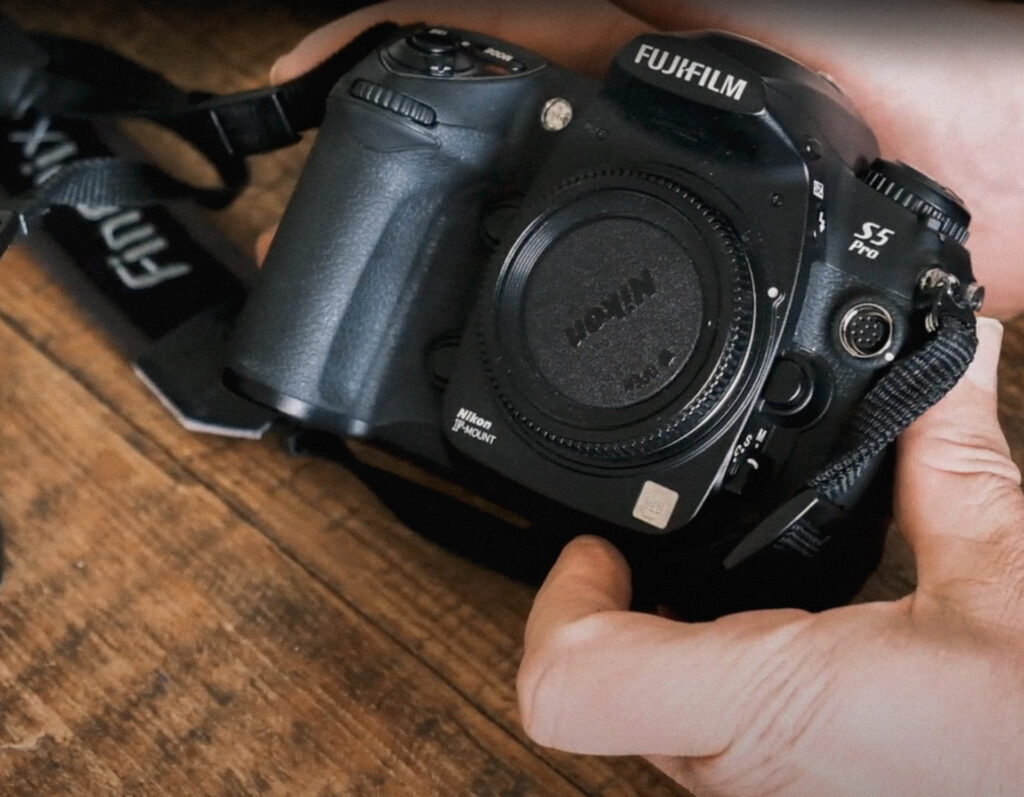
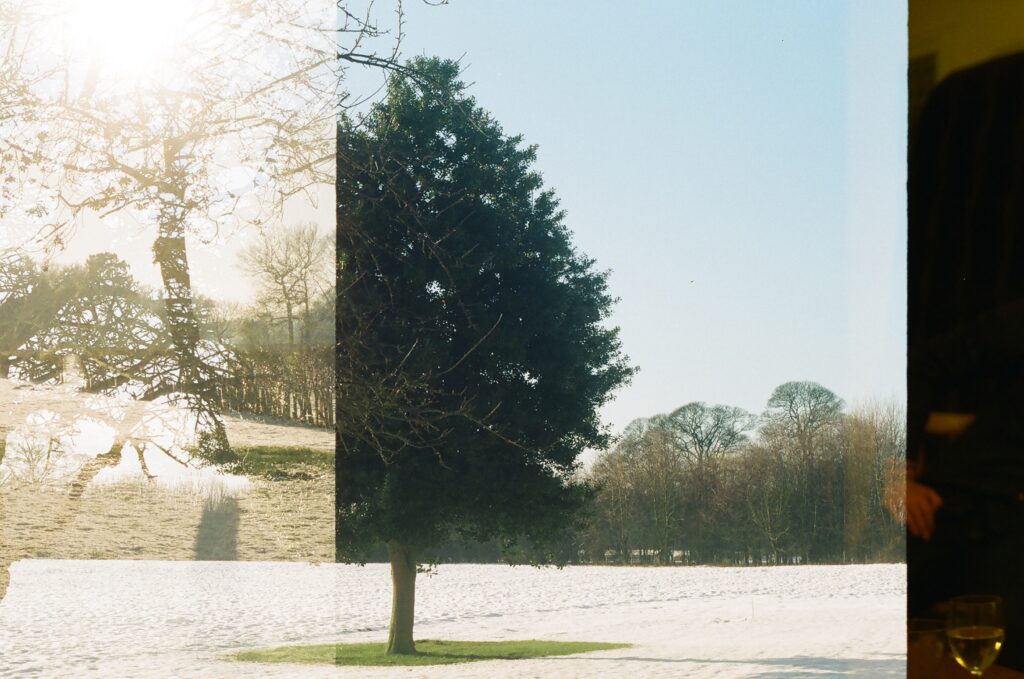
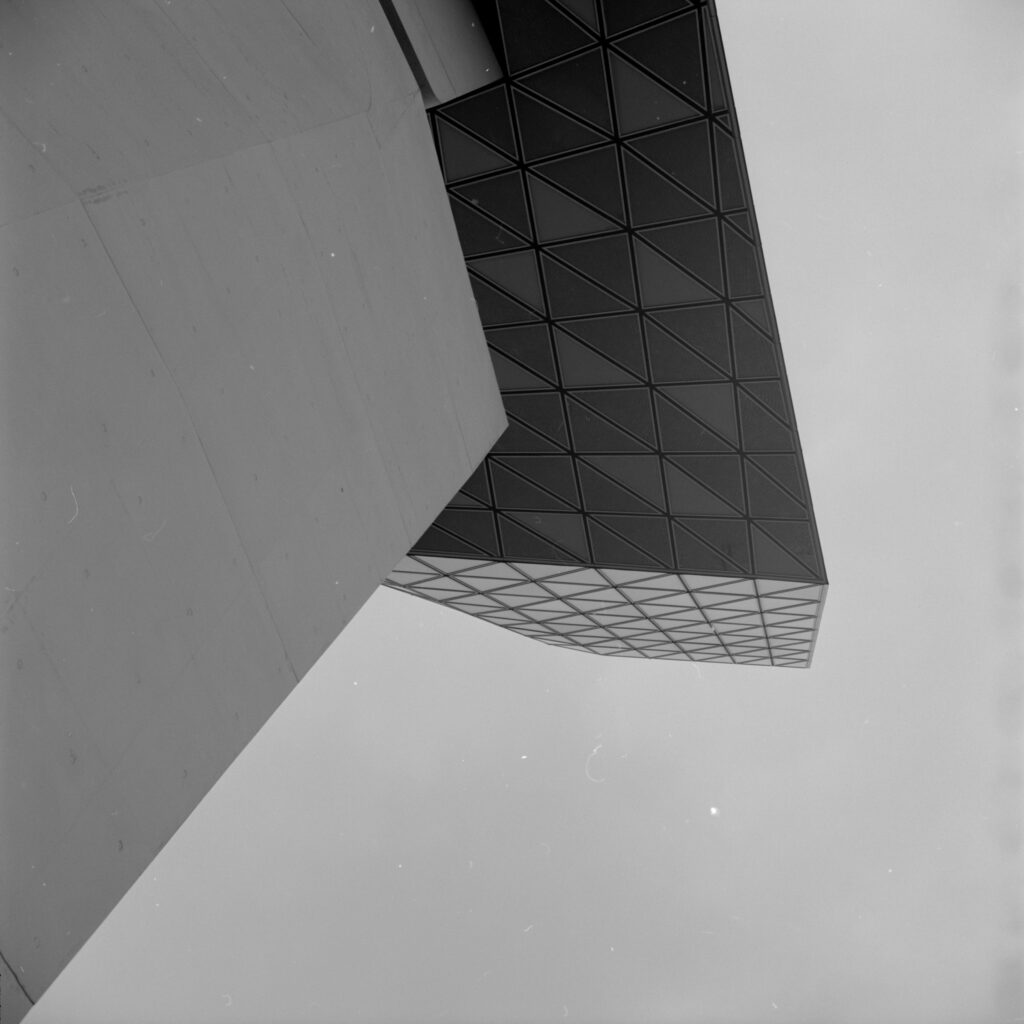
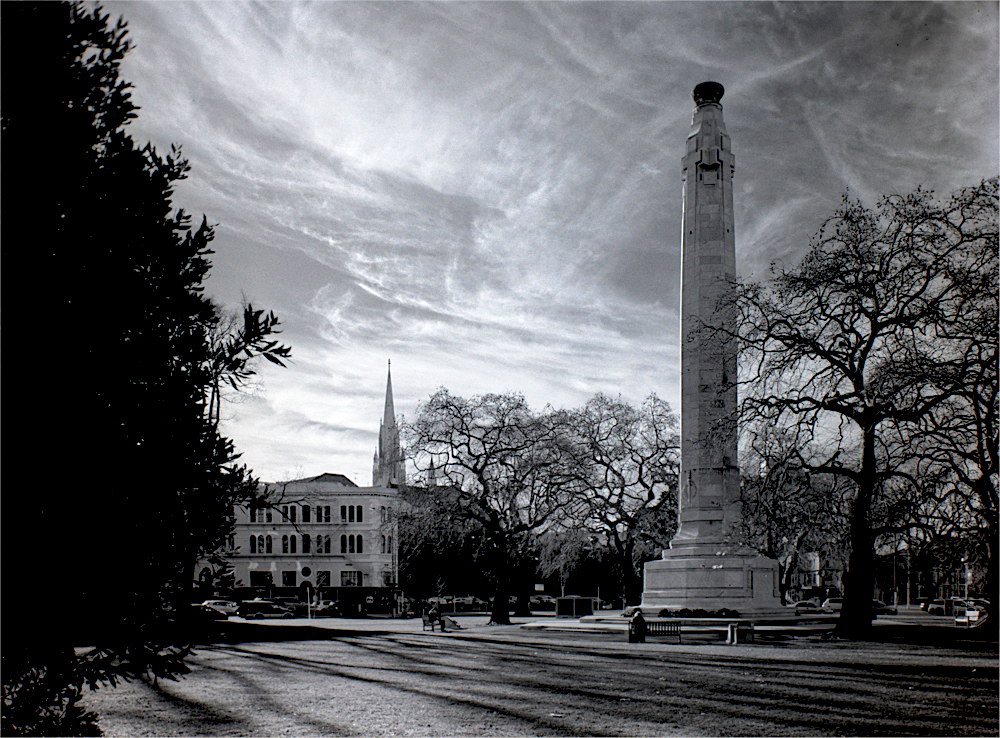

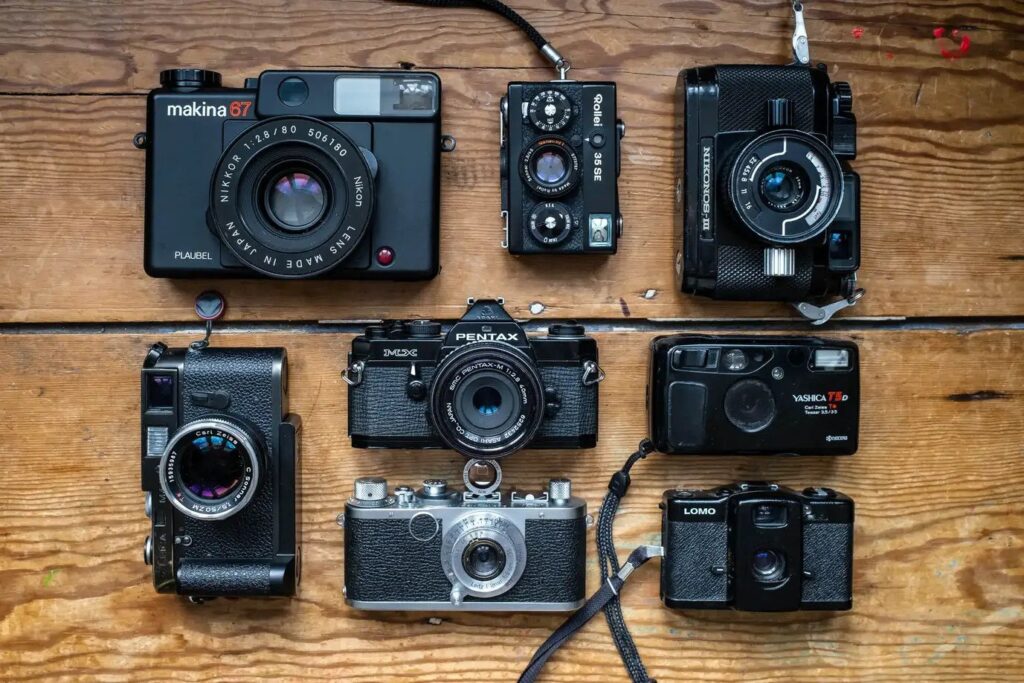
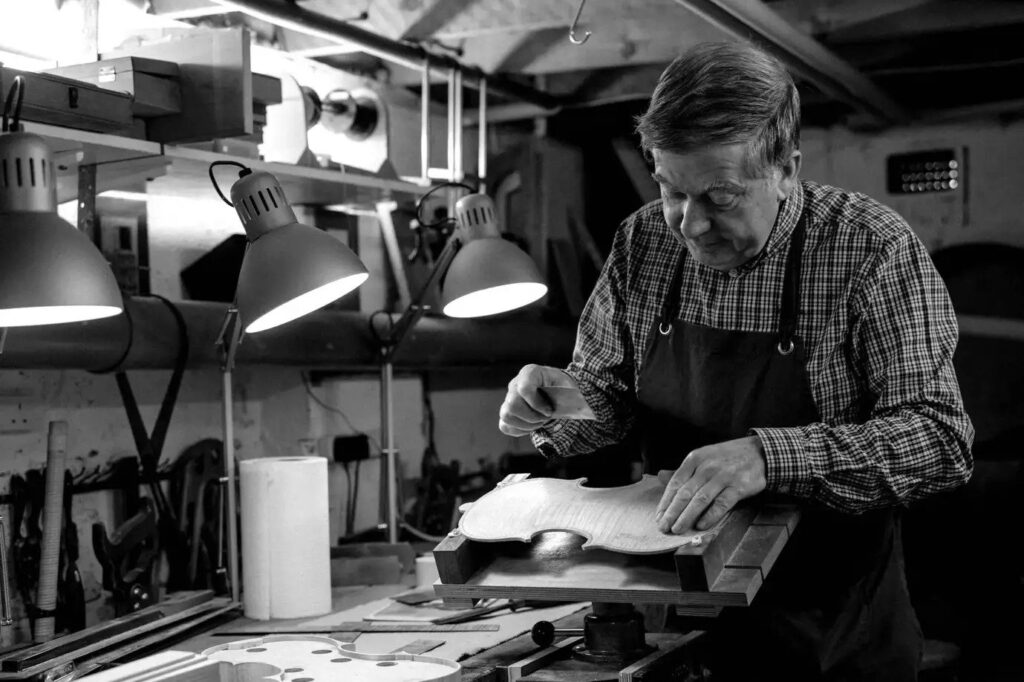
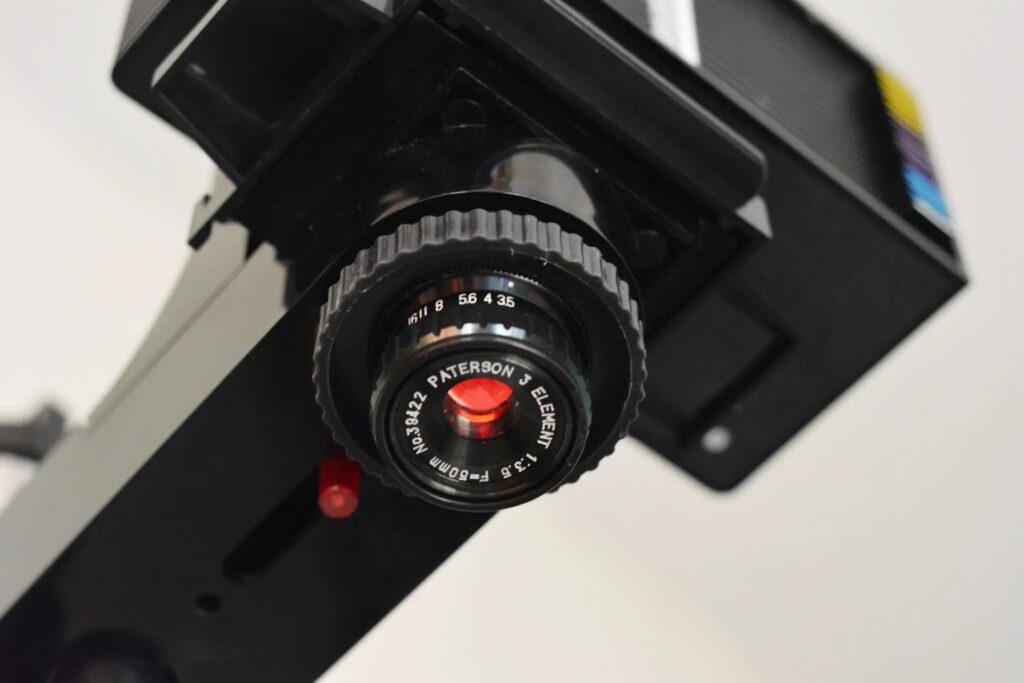
Comments
Bob Janes on An Inexpensive Adapter on a Sony Mirrorless and Auto ISO.
Comment posted: 22/04/2025
I have a fair few to use my Hexanon, Zuiko and Rokkor lenses on full frame mirror less - in general they work very well. I find that the quality things to look out for are fit (not too tight on the bayonet) and infinity focus... a lot of the adapters will do infinity and there are some firms that import the Chinese adapters then apply their own QA to make sure all is ok before selling on.. in the UK K&F (aka Kentfaith) are a pretty good supplier.